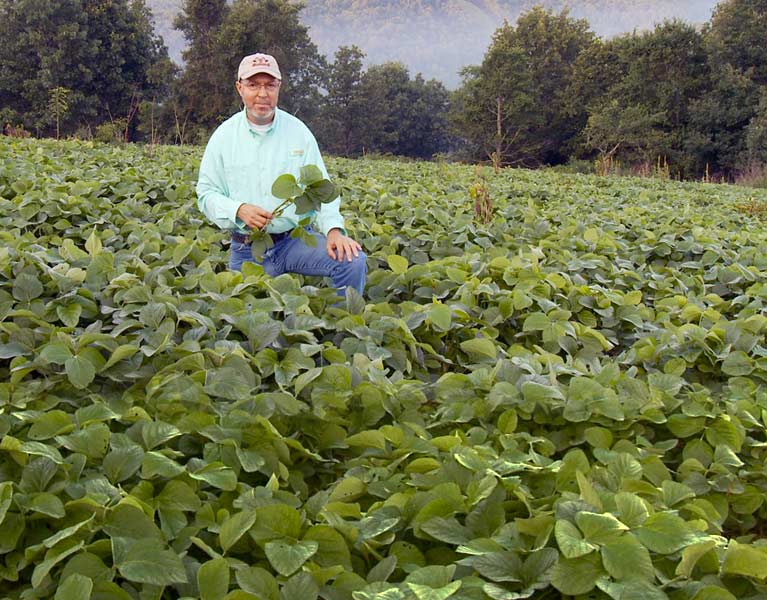Best Food Plot Crops
Filed under: Food Plots, Hunting Blog
I receive a lot of questions like this one from Kyle…
Once again it is spring and I am eager to make it up north to my proving grounds to start my spring and summer habitat projects. I have been fall planting a brassica mix for a couple of years and love the success I have had with it. I even got my first buck with a bow two years ago. This past year I got my second buck, a true dandy 5 year old 8 point. I have more land I want to plant this year. Are the brand name seeds more attractive or better to plant than the clover, wheat or brassicas I buy at the local feed mill? Is there a difference other than a huge mark up on price? A lot of companies say they specially design their product for deer. Is that a marketing gimmick or is there a benefit?
Unfortunately there’s not a simple “yes” or “no” answer to Kyle’s question. I’m sure some food plot companies do create fancy names for their food plot seed products and hike up the price. Others offer quality seed varieties that are more drought resistant, cold tolerant, etc.
One way to check is to read the seed labels. By law, all seed products must be labeled with the varieties and germination rates. If the variety is called something like “big buck turnips” then it’s probably more marketing than value. Another term commonly on food plot seed product labels is VNS – which stands for Varity Not Specified. It’s a good sign that there may be more marketing than value to a product when the bag is beautiful but the label states it’s composed of VNS seeds.

I plant the majority of my food plot acres in crops I have tried before. Eagle Seed has actively selected traits such as maximum forage and bean production, drought resistance, browse tolerance, etc.
I like to experiment with forage varieties that are new to me (but not necessarily new). I usually dedicate a small percentage of my food plot acres to such tests to see what works best on my land. However, the majority of my food plot acres will be planted with a variety/crop that I have tried before or that has been researched by a trusted university.
To my knowledge, no forage variety that’s marketed for deer has been tested by more universities that Eagle Seed forage soybeans. Eagle Seed is a family owned company that’s literally been breeding and researching forage soybeans (not just production beans relabeled as forage soybeans) for more than 40 years. That’s why their forage soybeans often grow to six feet tall when planted in good conditions while normal production beans planted at the same site only grow three feet tall.
The family that owns Eagle Seed has actively selected traits such as maximum forage and bean production, drought resistance, browse tolerance, etc. Simply stated, they’ve been crossing soybean varieties and selecting for these traits for decades before most other food plot companies were in business.
So, I suggest you do what I do – carefully read the labels, do some research on Google, talk to other food plot farmers and then make the best choice for crops that meet your objectives and growing conditions.
Growing Deer together,
Grant



